Mastering Server-Side Rendering with Next.js: Elevate Your Web Development
In the realm of web development, delivering fast-loading, SEO-friendly, and engaging user experiences is paramount. Server-side rendering (SSR) plays a pivotal role in achieving these goals, and Next.js is at the forefront of this technology. In this blog post, we'll take you on a journey to master server-side rendering with Next.js, exploring its benefits, implementation, and how CloudActive Labs' Hire Next.js Developer Services can empower your projects.

What is Server-Side Rendering (SSR)?
Server-side rendering is a technique that involves rendering web pages on the server before sending them to the client. This results in quicker initial page loads, improved search engine optimization, and a more seamless user experience.
The Role of Next.js in SSR
Next.js, a popular React framework, offers built-in support for server-side rendering. It seamlessly combines client-side and server-side rendering, creating a potent blend that yields high-performance web applications.

1. Improved Page Load Speed
- By rendering content on the server, Next.js reduces the time users spend waiting for your website to load. This leads to lower bounce rates and higher user engagement.
2. Enhanced SEO Performance
- Search engines appreciate server-side rendered content as it's easily crawled and indexed, boosting your website's visibility in search results.
3. Accessibility and Performance
- Server-side rendering ensures that your content is accessible to all users, including those using assistive technologies, while maintaining optimal performance.
4. Dynamic Content Rendering
- With Next.js, you can render dynamic content on the server while keeping the interactivity of client-side applications intact. This results in a harmonious blend of speed and functionality.

Step 1: Setting Up a Next.js Project
- Begin by creating a Next.js project using the command-line tool. This will set up the necessary files and structure for your application.
Step 2: Utilizing getServerSideProps
- Leverage Next.js's `getServerSideProps` function to fetch data on the server before rendering a page. This ensures that the page is pre-populated with content when loaded.
Step 3: Designing for Dynamic Loading
- Take advantage of Next.js's automatic code splitting to ensure that only the required code is loaded, optimizing performance.
Step 4: Handling Edge Cases
- For pages that require real-time data updates, combine server-side rendering with client-side rendering techniques, striking a balance between performance and interactivity.
Elevate Your Web Development with CloudActive Labs' Hire Next.js Developer Services:
Ready to unlock the full potential of server-side rendering but need expert assistance? CloudActive Labs' Hire Next.js Developer Services provide access to a team of seasoned Next.js developers who excel at mastering SSR techniques. With their guidance, your projects can leverage the power of Next.js to deliver exceptional user experiences, improved SEO, and unmatched speed.
Conclusion:
Mastering server-side rendering with Next.js is a pivotal step in creating high-performing web applications that delight users and attract search engine attention. By seamlessly blending server-side and client-side rendering, Next.js empowers developers to achieve the best of both worlds. As you embark on your journey to become a server-side rendering expert, remember that CloudActive Labs' Hire Next.js Developer Services are here to support you. With our team of skilled developers, you can elevate your web development game and deliver outstanding results that leave a lasting impact. Your path to mastering server-side rendering begins here.

























